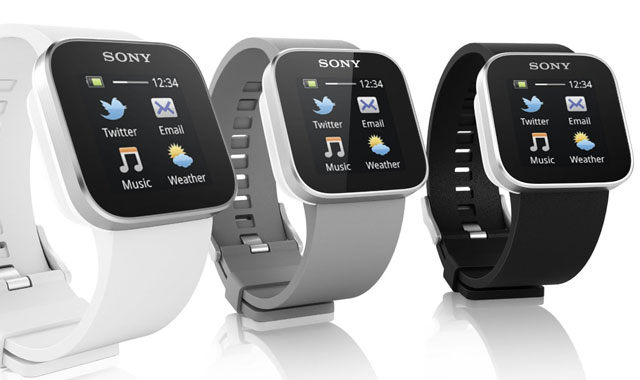
Consumer electronics companies holding out for a “killer application” to drive the sale of smart watches are likely to be disappointed. That’s the view of Jonas Olsson, who heads the experience and design team for mobile accessories at Sony, where he focuses on wearable computing technologies.
Olsson, who was in South Africa recently, says Sony has been developing smart watches for more than five years. The company is already onto its third-generation smart watch. But Olsson doesn’t believe a killer app is suddenly going to emerge to propel sales of the devices as some in the industry hope.
“It’s more about making the smart watch relevant throughout my life,” he says. “It needs to be a mix of communication, entertainment and the tracking of things like activities. When you have enough of these things, it will become useful and more socially acceptable.”
The smart watch, he says, must still find its way into daily life. “It needs to be relevant 24×7.”
Olsson’s remarks come as rumours surface yet again that Apple is on the verge of debuting its first wearable device. Reports from Japan at the weekend suggest Apple is planning to produce between 3m and 5m smart watches a month in an initial run beginning later this year.
The Nikkei news service reported that although the Apple watch’s specifications are yet to be finalised, it is likely to have a curved organic light-emitting diode (OLED) display and collect wearers’ health information, including blood glucose levels and sleep activity. Last week, at Apple’s Worldwide Developers Conference, the company unveiled a new app, Health, in the upcoming iOS (the software that powers the iPad and the iPhone) that allows users to monitor a number of health metrics. They will also be able to use the software to aggregate data from a number of third-party health and fitness apps. An “iWatch” could tie in neatly with HealthKit.
Apple has fallen behind rivals such as Samsung, Sony and Google in developing wearable technologies. Samsung is aggressively selling its Galaxy Gear and Galaxy Fit smart watches, positioning them as companion devices to its high-end Galaxy smartphones.
But for now, Olsson seems keener on activity tracking bands, the smart devices, normally with an accelerometer built in, that people wear like they would a bracelet. Sony is a big player in the activity tracker space, although it’s a crowded market, with the likes of Nike, Jawbone and Fitbit all competing for attention.

These bands, says Olsson, allow the wearers to track their lives in different ways. “For us, it’s about life tracking, which is slightly different to activity tracking.”
The devices typically measure how far someone has walked (how many steps they’ve taken measured against a set goal), while also monitoring how they sleep (how well they’ve rested and for how long). Raw accelerometer data can be used to measure running, walking and many other activities. They can also be used to control music (play, pause, skip) or manage a PowerPoint presentation.
As with smart watches, Olsson believes there isn’t one killer app that is going to propel the sale of activity trackers. “Life logging needs to be about activity tracking, plus communication, plus entertainment. We need to make it relevant 24×7, otherwise you will only use it for certain occasions.”
As for smart glasses, the idea being championed by Google, Olsson says there are big “social aspects” that must be overcome. “The product also needs to be really nice, it needs to be acceptable to wear daily,” he says. “This is a major challenge to overcome.”
But wearable technologies don’t only have to be on the wrist, he adds. “The wrist is the major placement, but wearables could be integrated into a wireless headset (an ideal place for activity tracking) because it’s already socially acceptable,” he says. — © 2014 NewsCentral Media




